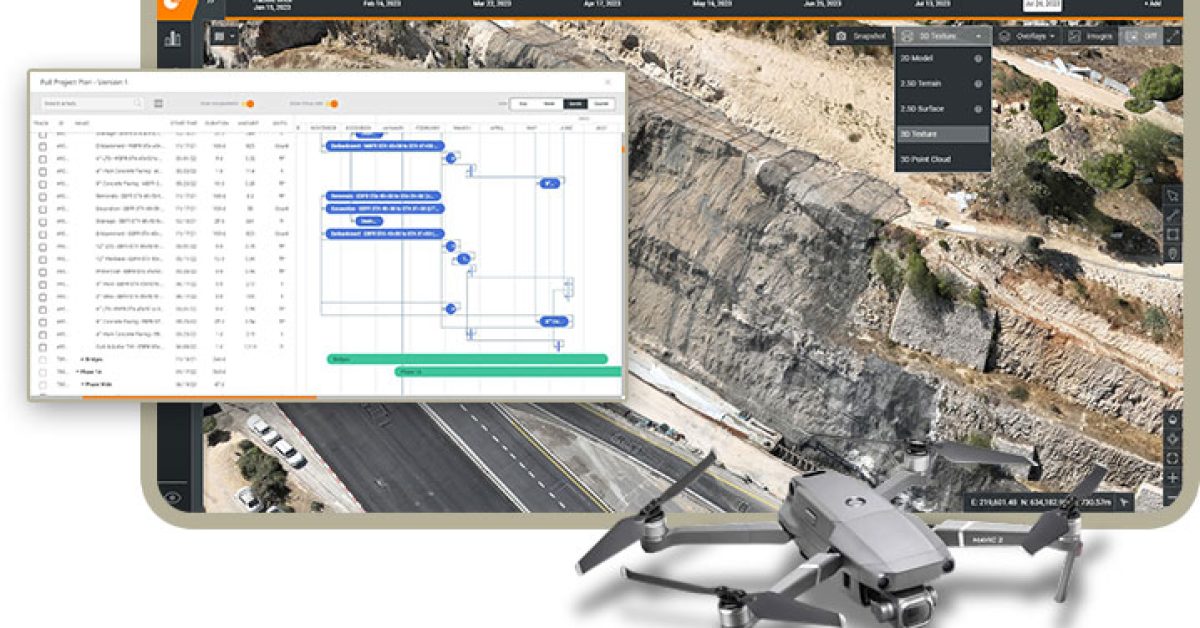The rapid integration of artificial intelligence (AI) into various industries has not spared the construction sector. With the promise of increased efficiency and the peril of unforeseen pitfalls, the key to harnessing AI lies in a robust strategy centered on education and upskilling. During our recent webinar, “Building Smarter: AI’s Transformative Role in Construction Tech,” Troy Parkinson moderated a session with an expert panel that explored the impact AI will have in the construction market. The expert panel consisted of:
- Todd Sutton, Director of Construction Technology for Zachry Construction,
- Dr. Florent Poux, Founder of 3D Geodata Academy, and
- Tom Jennings, Senior Solutions Engineer at Datumate.
After the webinar, we’ve compiled seven of their key strategies to make navigating AI easier in construction.
1. Emphasize Upskilling
“Training and education bridge the gap,” states Todd Sutton. Prioritize skills like prompt engineering and Python programming. Transform existing employees into AI-savvy workers. Introduce them to AI concepts and tools, gradually integrating these skills into their daily tasks.
2. Develop a Robust Data Strategy
“A data strategy underpins AI,” insists Dr. Florent. Understand the data you work with and what outputs you need. A clear vision of data flow and desired results guides your AI implementation. Identify key data points and build your AI goals around them.
3. Promote STEM Education
Todd Sutton recounts, “We brought high school students in as paid interns.” Implement internships to attract young talent. Introduce them to real-world AI applications. Cultivate a learning environment where students apply STEM principles to practical challenges. Nurture the next generation of innovators.
4. Seek High-Quality Learning Opportunities
Tom Jennings endorses personalized learning with skilled educators. Pursue courses offering interactive, hands-on experiences in Python and AI. Select programs with a strong mentorship component. Quality instruction accelerates your AI mastery.
5. Position AI as a Complement, Not a Replacement
Tom Jennings confirms, “AI complements workers.” It should enhance, not replace, human labor. Use AI to automate routine tasks. Allow workers to focus on decision-making and creative problem-solving. AI tools should support the workforce, not substitute it.
6. Leverage Accessible AI Tools and Platforms
Todd Sutton suggests exploring tools like Nvidia AI Playground. Use platforms that provide access to AI models and frameworks. Experiment with these resources to understand AI’s capabilities and limitations. Implement them in non-critical areas first to build familiarity.
7. Balance Technological Advances with Human Insight
Dr. Florent emphasizes maintaining a balance. Embrace AI for innovation while valuing human judgment. Innovate responsibly, ensuring AI serves to enhance, not overshadow, the human aspect of construction.
Want to dive deeper into AI with us? Check out our on-demand webinar.



